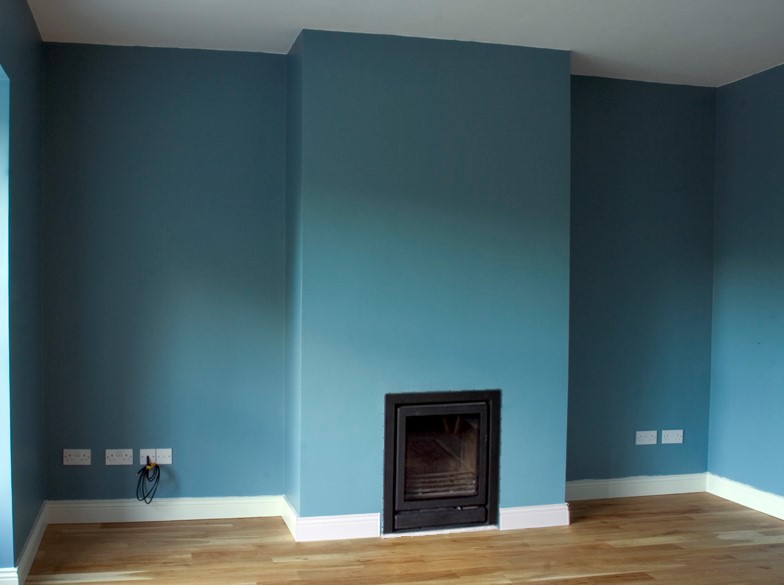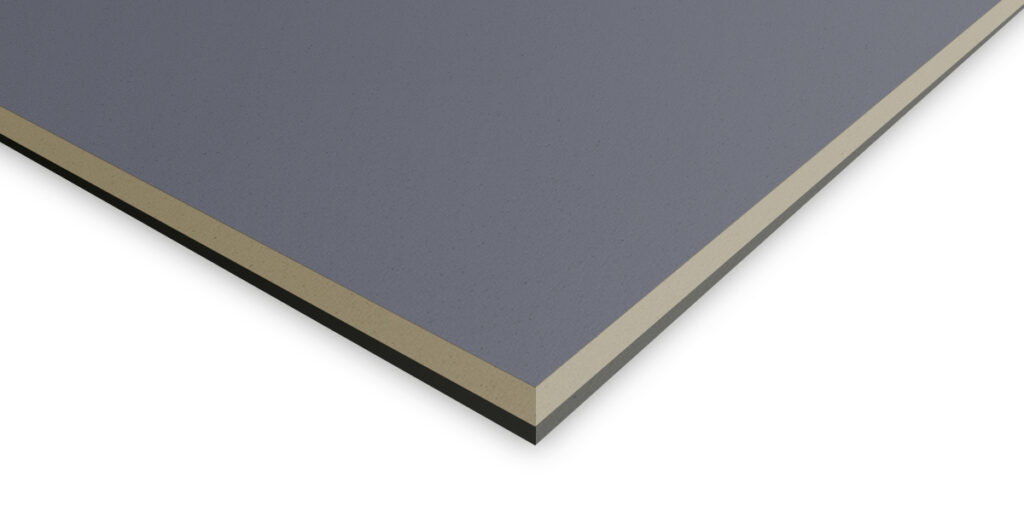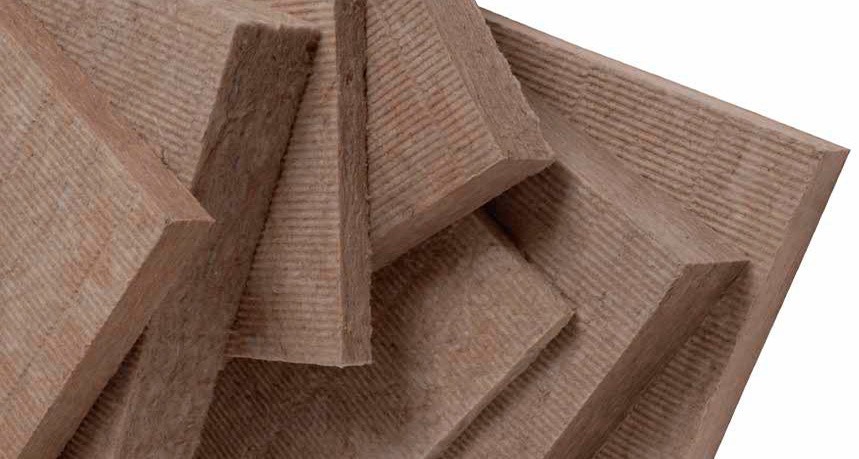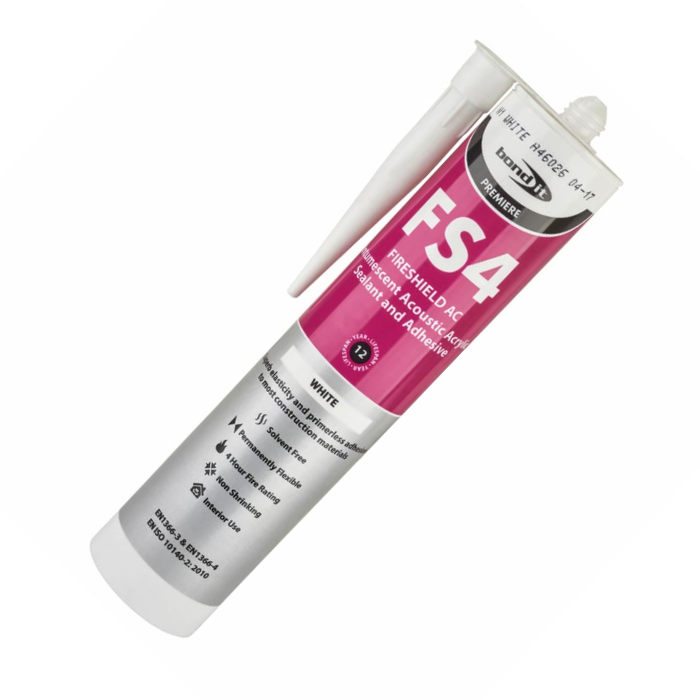Acoustic Ceiling Soundproofing Systems: Creating Quiet and Comfortable Spaces
In our increasingly noisy world, soundproofing has become essential in various settings, from residential homes to commercial buildings. Acoustic ceiling soundproofing systems are designed to minimize noise transmission between rooms and floors, enhancing privacy and comfort. This article explores the importance of soundproofing, the different types of acoustic ceiling soundproofing systems, which products to use and their installation process.
Importance of Soundproofing
Soundproofing is crucial for several reasons:
- Privacy: Soundproofing prevents noise from travelling between rooms, ensuring private conversations remain confidential.
- Comfort: Reducing unwanted noise enhances comfort, creating a peaceful environment conducive to relaxation, concentration, and productivity.
- Health: Prolonged noise exposure can lead to stress and other health-related issues. Soundproofing helps mitigate these risks.
- Property Value: Well-soundproofed spaces are often more desirable, potentially increasing property value.
Types of Acoustic Ceiling Soundproofing Products
- Mass-Loaded Vinyl (MLV): MLV is a dense, flexible material that adds mass to ceilings, thereby blocking sound transmission. It is typically installed between the plasterboard sheets to enhance their ability to block and absorb sound.
- Acoustic/Soundproof Panels: Soundproof panels absorb sound and block sounds from transferring between rooms. Acoustic panels, such as the Noisestop 1 Plus Panel, come with mass-loaded vinyl laminated to soundproof plasterboard.
- Sound Isolation Clips and Channels: The AcoustiClip System decouples the ceiling from the structural framing, reducing sound transmission. Sound isolation clips are attached to the ceiling joists, or the concrete soffit and resilient channels are fastened to the clips, creating a gap that reduces sound transfer.
- Acoustic Insulation: Mineral wool acoustic insulation slabs can be placed between ceiling joists to absorb sound and reduce noise transmission. Sound insulation slabs are often combined with other soundproofing materials to form a complete system.
- Acoustic Sealants: To ensure the acoustic integrity of your soundproof ceilings, use an acoustic caulk to seal all the edges of the soundproof panels and the ceiling’s perimeter.
Featured acoustic ceiling products
Installation process
The installation of acoustic ceiling soundproofing systems typically follows these steps:
- Evaluate the space and identify the sources and types of noise to determine the most suitable soundproofing method. Planning involves selecting the appropriate materials to stop impact and airborne sound.
- Prepare the ceiling by removing existing materials that may hinder the installation. Ensure the area is clean and ready for the new soundproofing system.
- If you soundproof an existing timber joist ceiling, you might be required to remove the existing ceiling to access the ceiling joists.
Installation of soundproofing materials
- Acoustic Insulation: Place insulation between the ceiling joists, ensuring it fits snugly to avoid gaps. Cut the sound insulation slabs with a serrated blade.
- Sound Isolation Clips and Channels: Attach sound isolation clips to the ceiling joists and fasten the resilient channels to the clips. Secure the AcoustiClip directly into timber joists or the concrete ceiling.
- Acoustic/Soundproof Panels: Soundproof panels are secured directly to the resilient channel using drywall screws.
- Finishing Touches: Complete the installation by sealing gaps or seams with acoustic sealant before finishing the ceiling. Most acoustic ceiling systems are ready to be plastered or taped and filled before decorating.
Popular acoustic ceiling systems
Acoustic systems for timber and concrete ceilings.
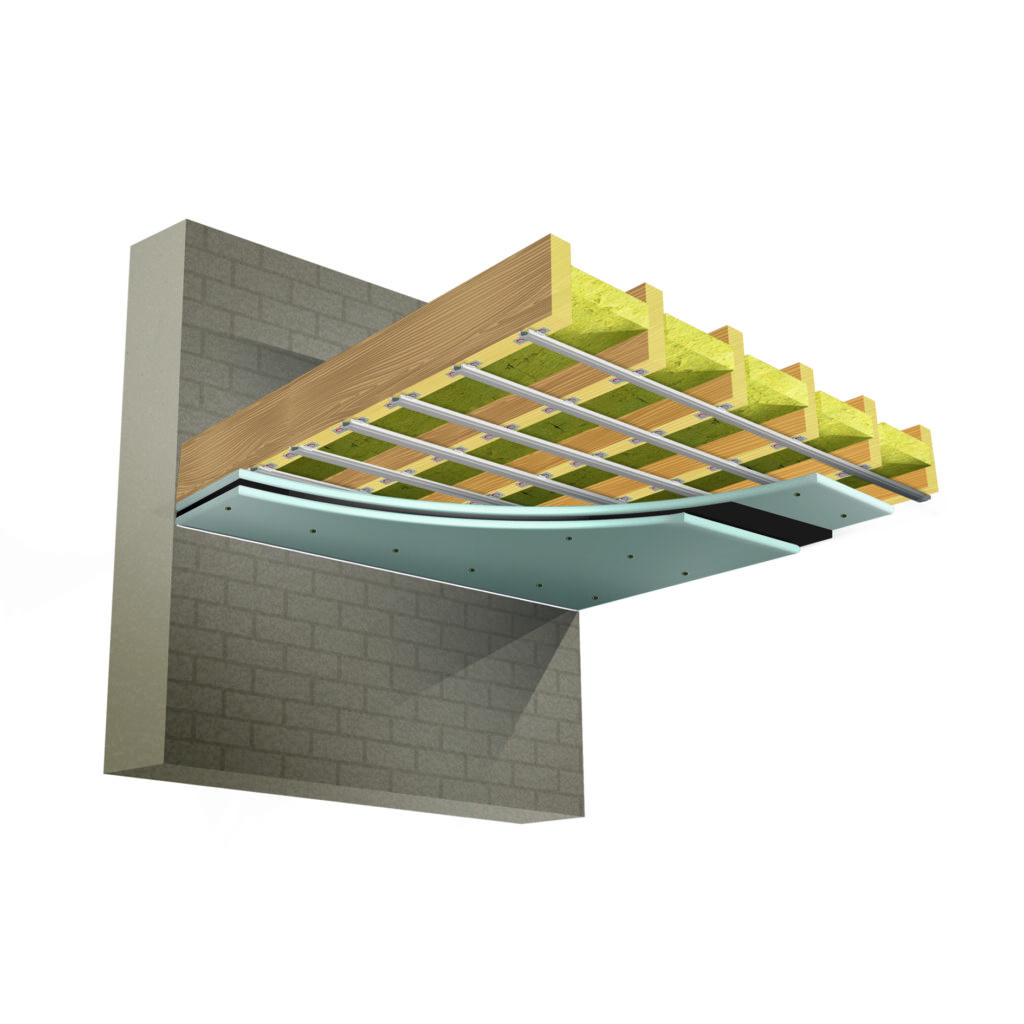
AcoustiClip Timber Ceiling System
AcoustiClip Timber Ceiling System combines products that reduce airborne and vibration sound through timber joist ceilings. The AcoustiClip absorbs impact/vibration sounds that transmit through the joist. Acoustic insulation reduces sound resonating inside the ceiling joist and increases its mass. Two layers of soundproof plasterboards, one layer pre-laminated with mass-loaded vinyl for extra absorption, further increase the ceiling’s density. The AcoustiClip Timber Ceiling System provides the best noise reduction levels without building a secondary independent ceiling.
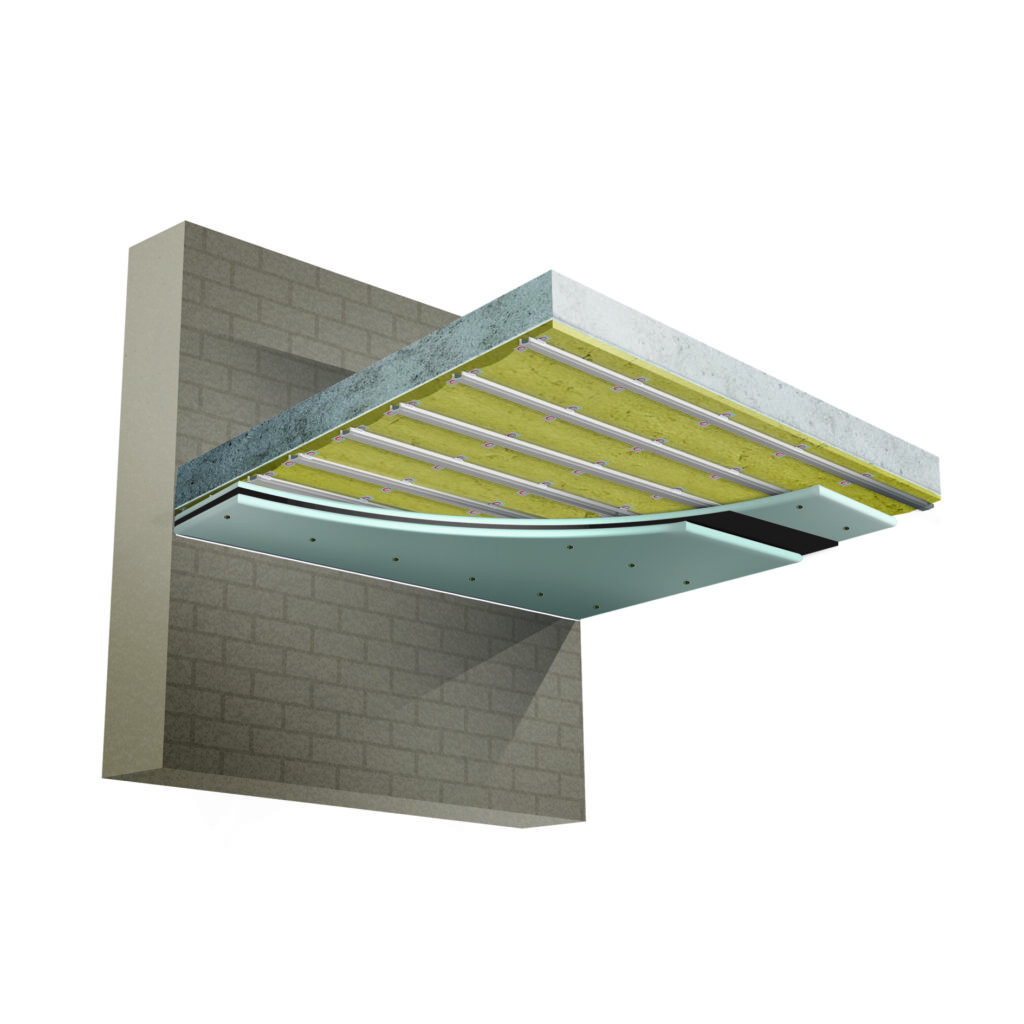
AcoustiClip Concrete Ceiling System
Noisestop AcoustiClip Concrete Ceiling System effectively minimises impact and airborne noise transmitted through concrete ceilings. It absorbs vibration sounds generated by footsteps and furniture movement and blocks high-level airborne noises passing through the ceiling. The AcoustiClip Concrete Ceiling System is our recommended solution for soundproofing concrete ceilings with a direct application to the concrete.
Acoustic ceiling soundproofing conclusion
Acoustic ceiling soundproofing systems are essential for creating quiet, comfortable, and private spaces in both residential and commercial settings. By understanding the different types of soundproofing materials and methods and staying informed about the latest advancements, architects, builders, and homeowners can make informed decisions to achieve the best acoustic environment. Investing in quality soundproofing enhances comfort and privacy and contributes to overall well-being and property value.
Soundproofing posts
44 articles
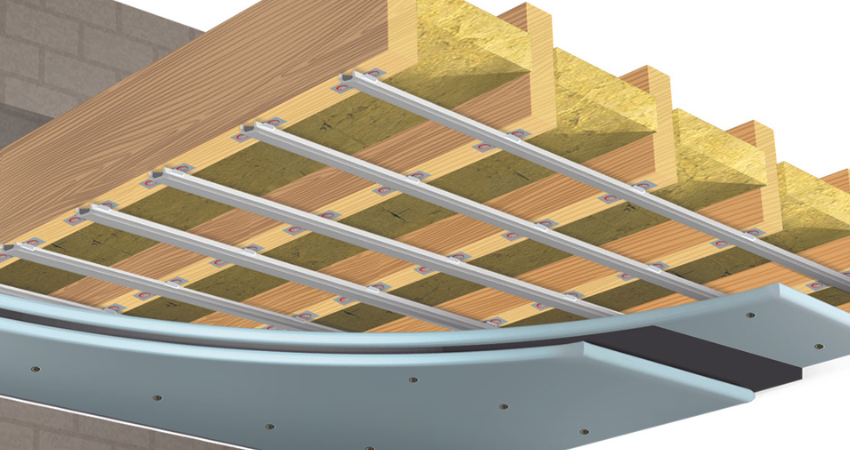
Acoustic Ceiling Soundproofing Systems
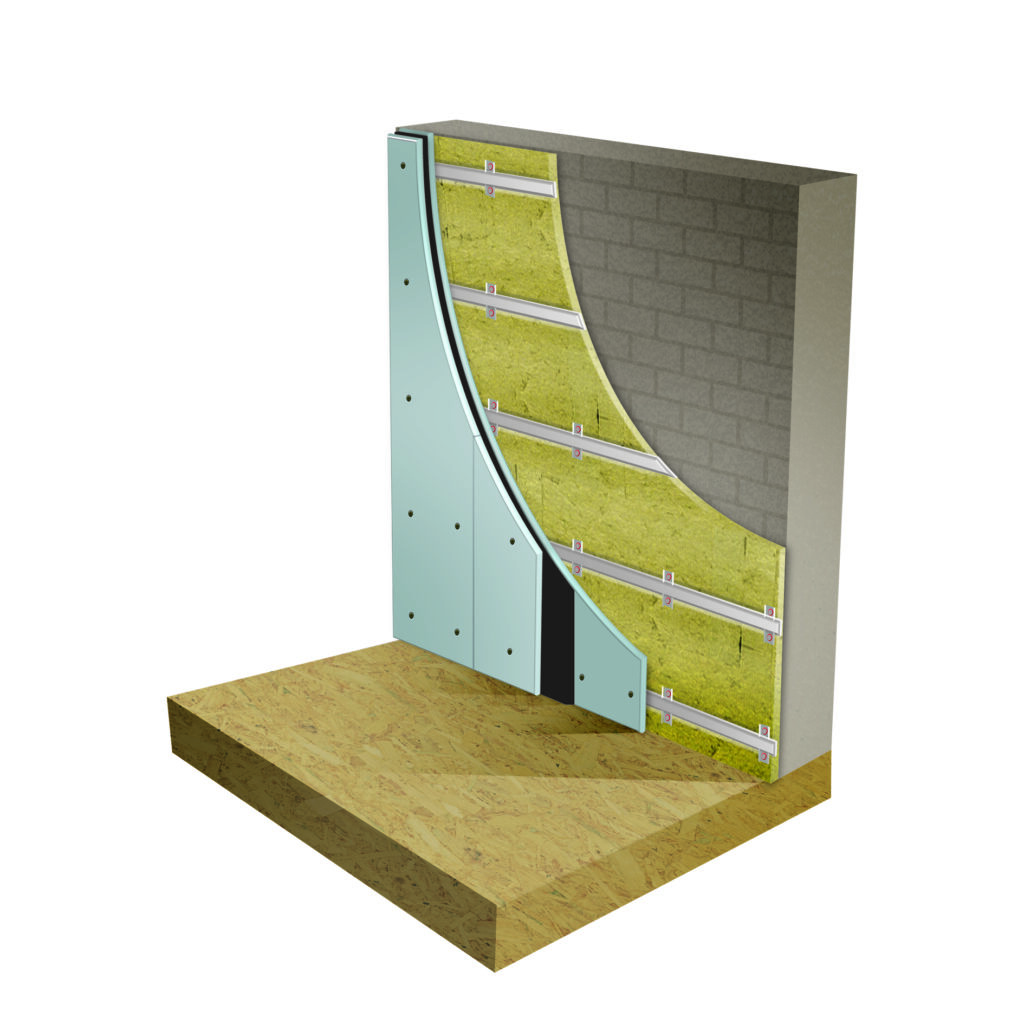
Soundproof a Wall Using Wall Soundproofing Systems
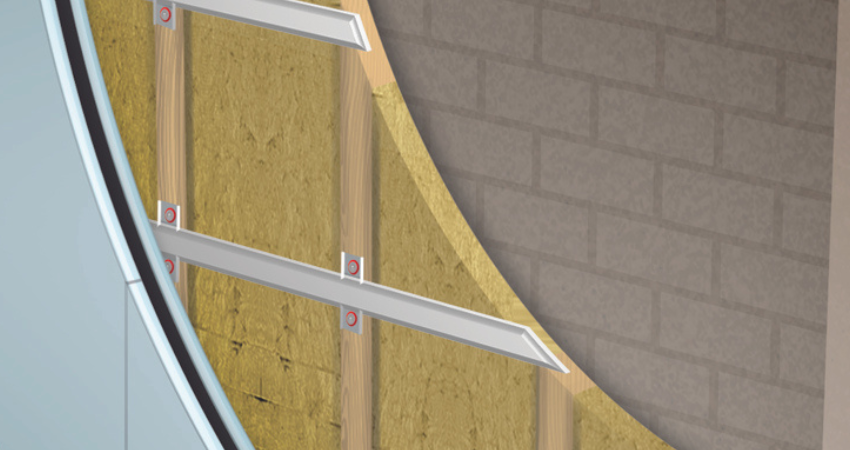
Soundproofing a Brick Wall Against Noisy Neighbours

Noisy Neighbour Soundproofing
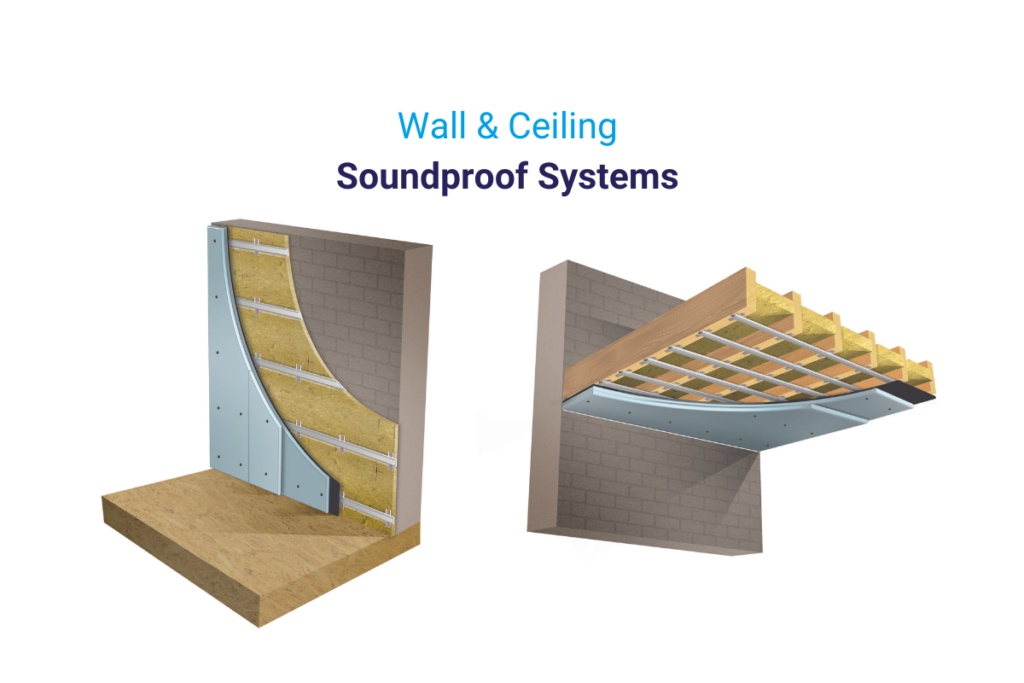
Soundproofing Systems
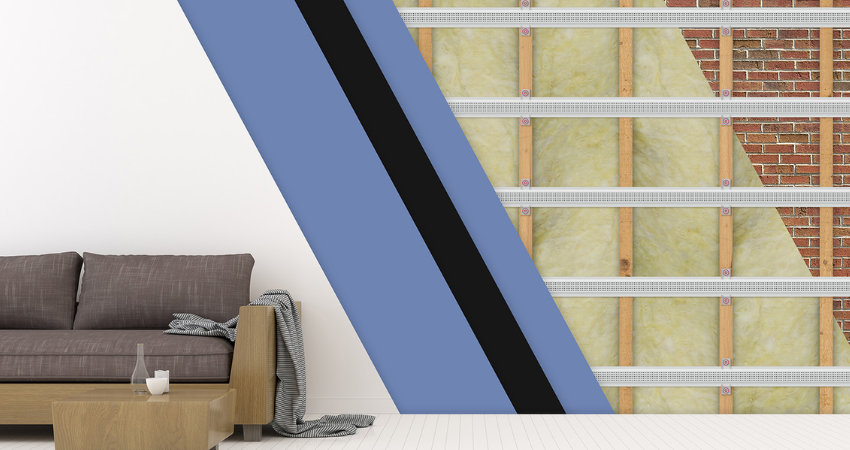
How to Soundproof a Room
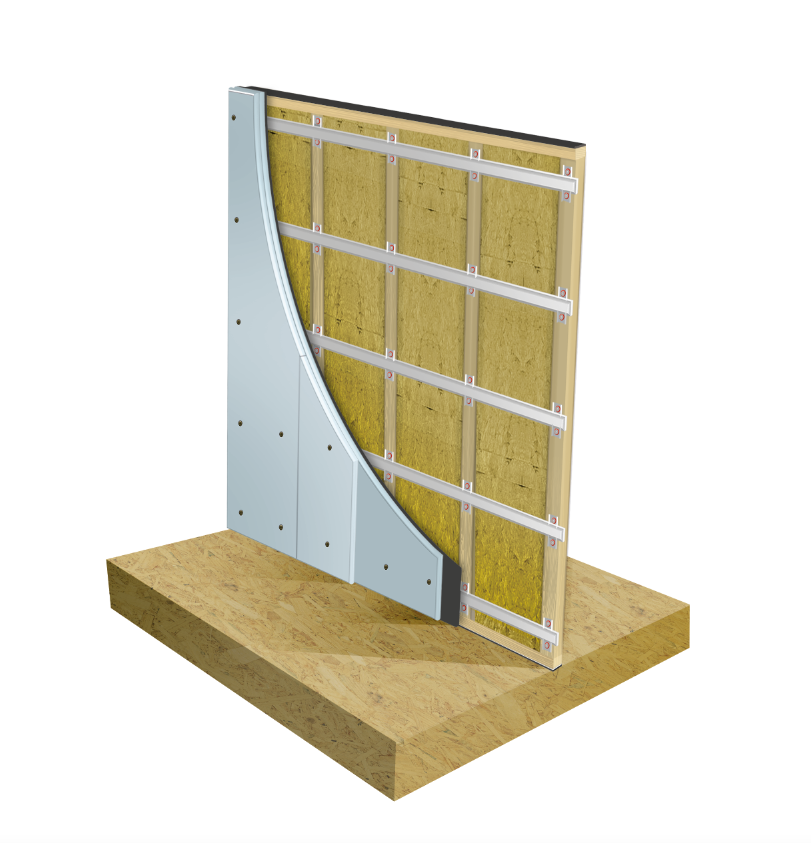
How to Soundproof a Stud Wall

How to Soundproof Floors

How to Soundproof Ceilings
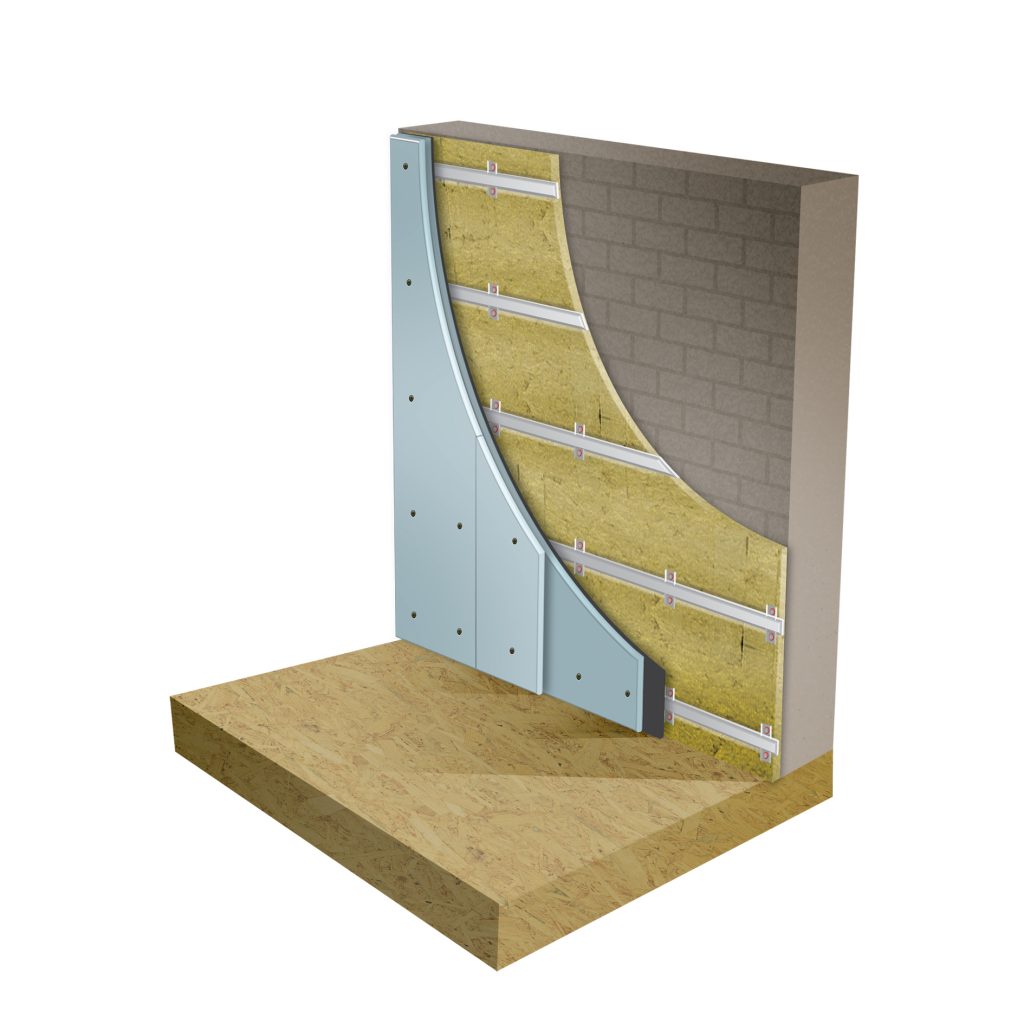
How to Soundproof a Party Wall
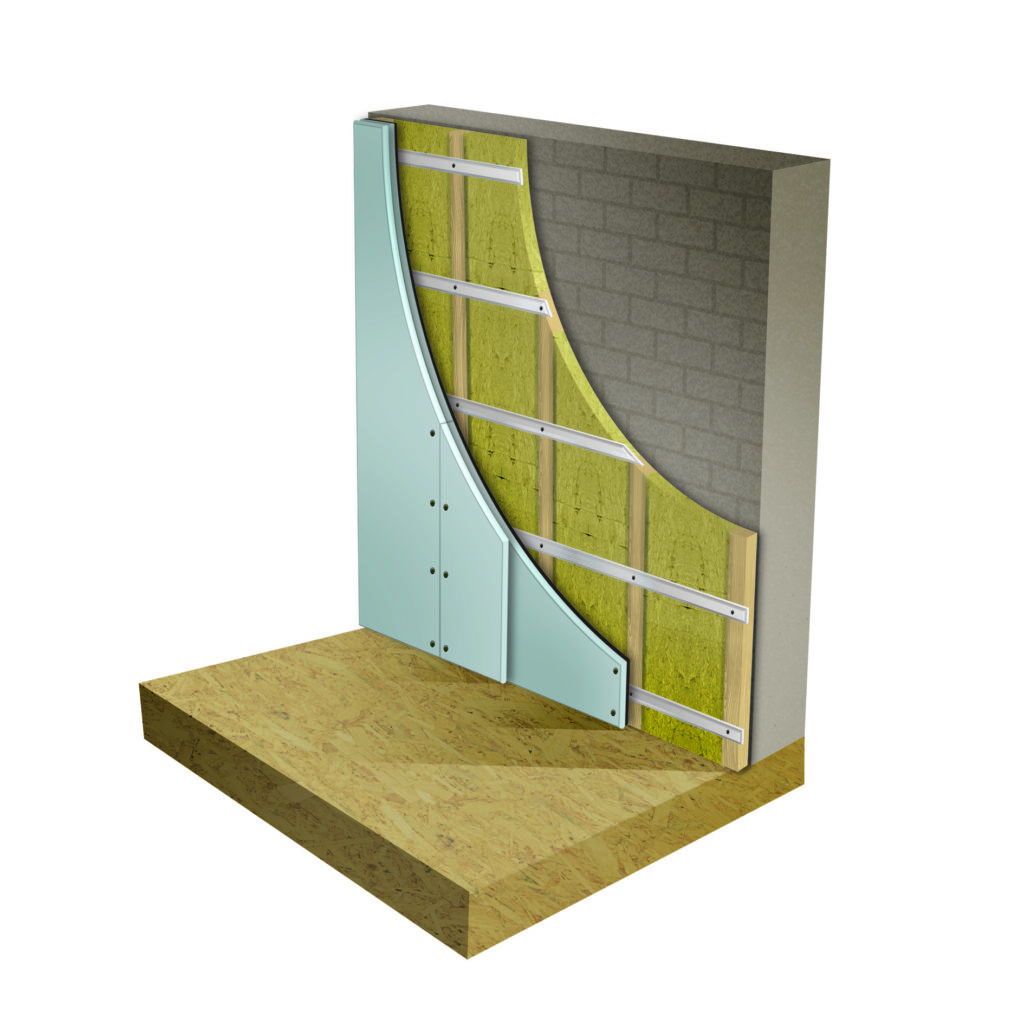
How to Soundproof Walls
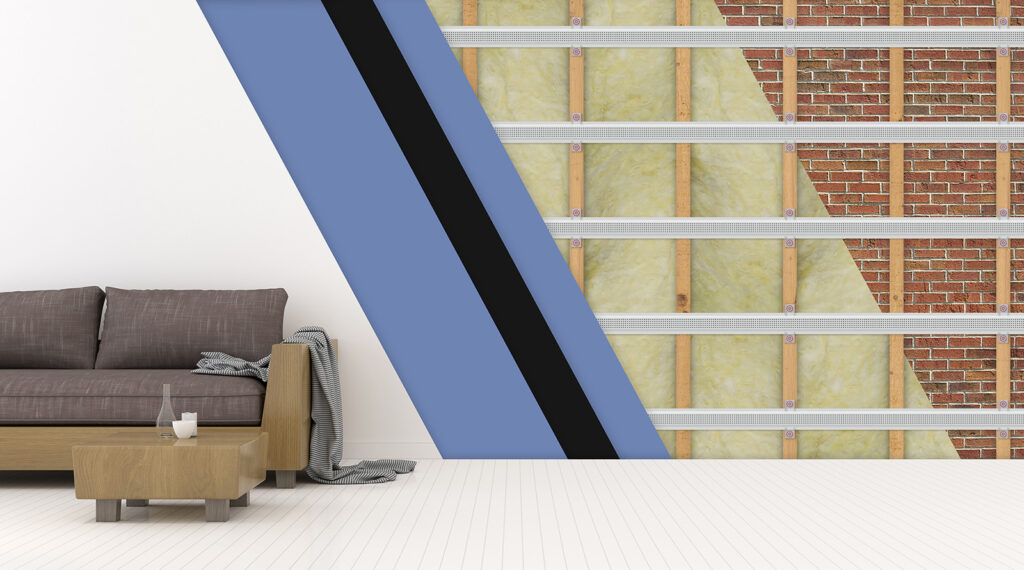
Solutions to Soundproof Stud walls
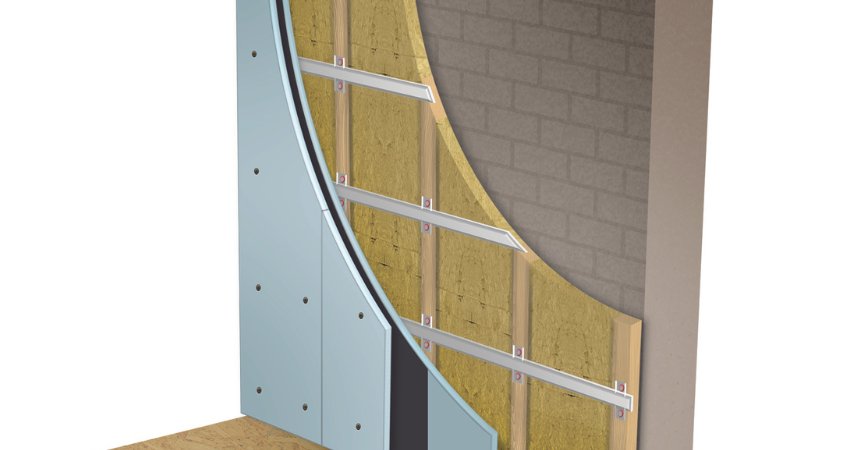
Direct to Wall Soundproofing Solutions for Brick Walls
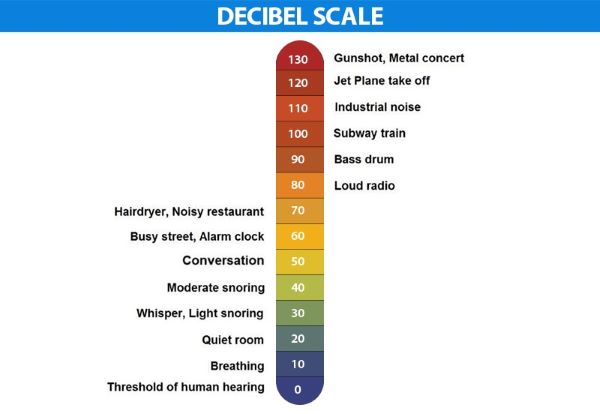
Decibels Explained
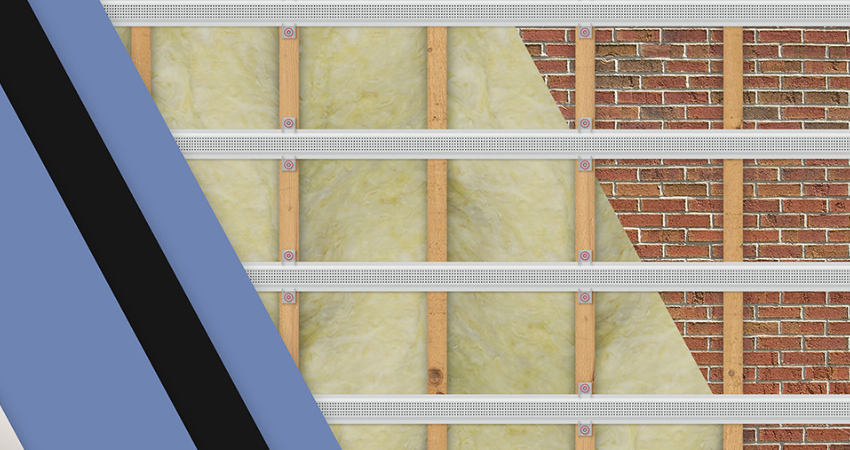
Soundproofing Materials for Walls
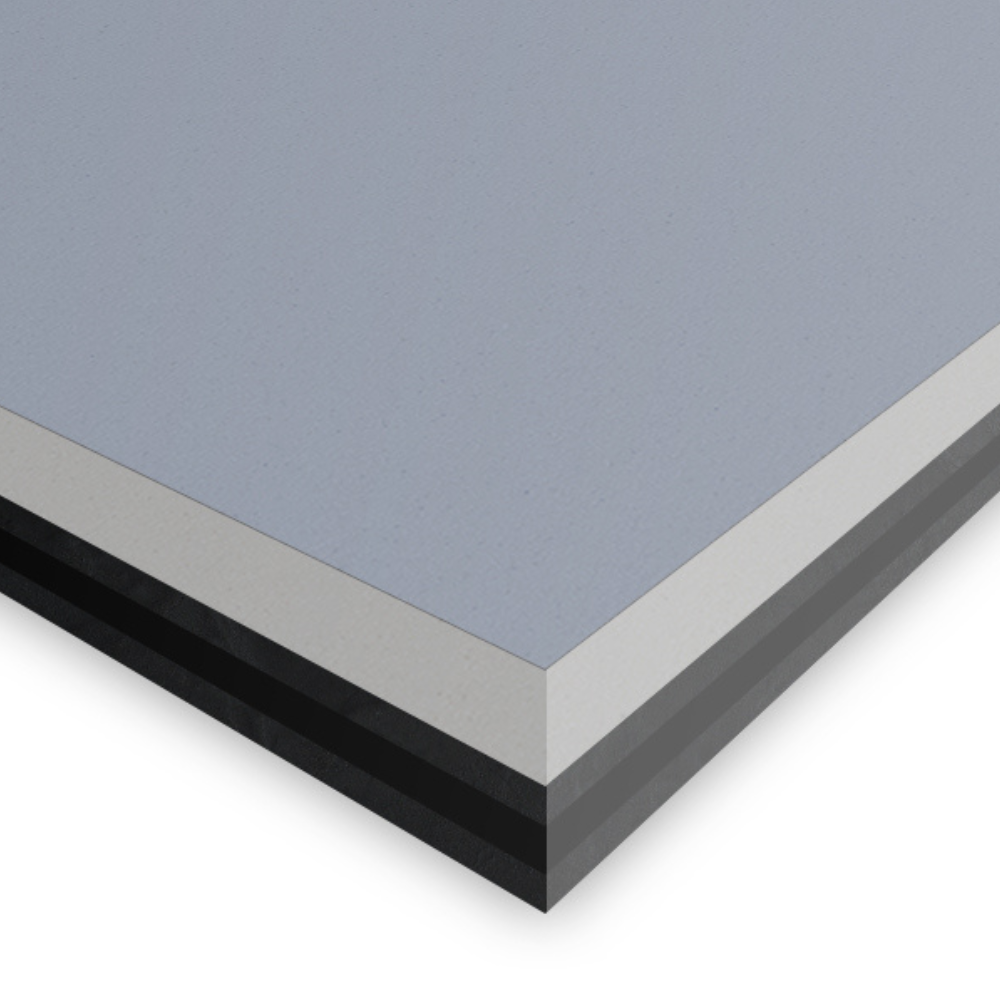
Soundproof Panels
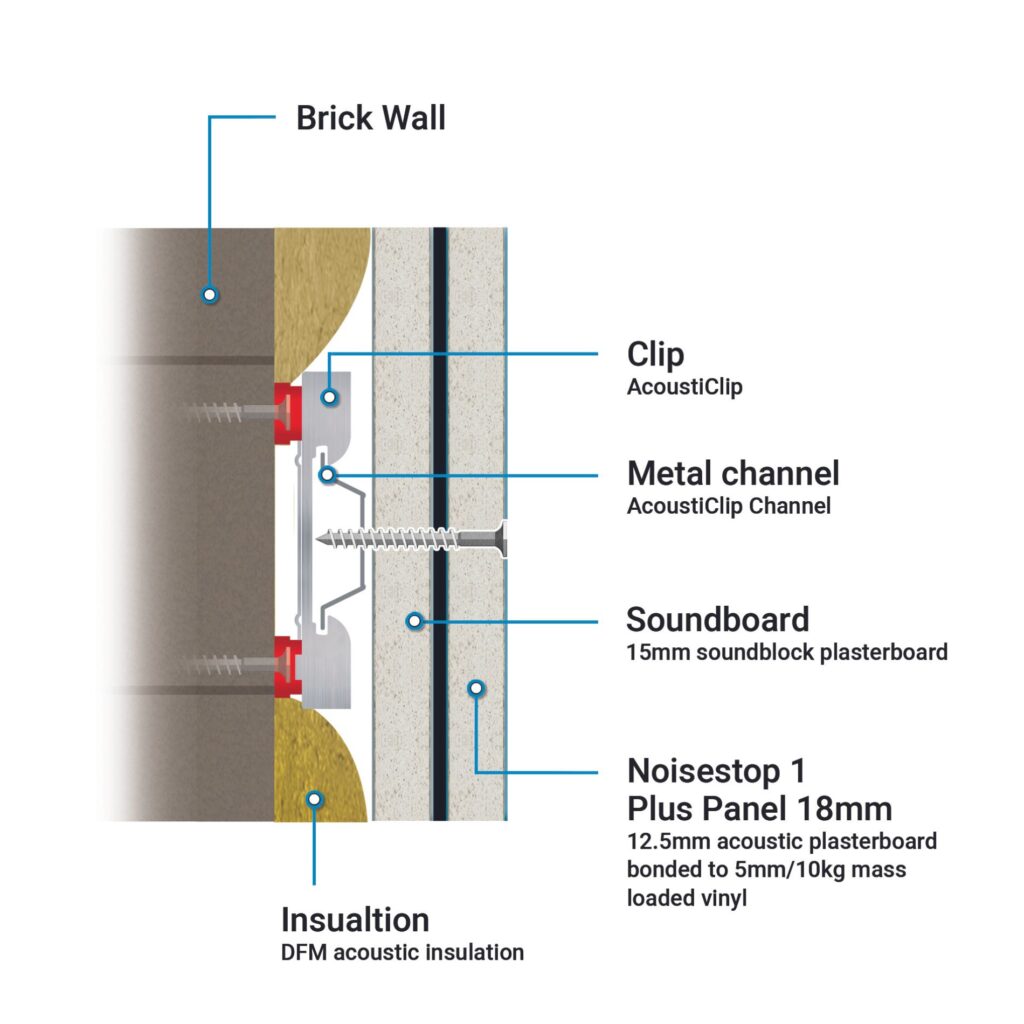
Fitting the AcoustiClip System to Walls
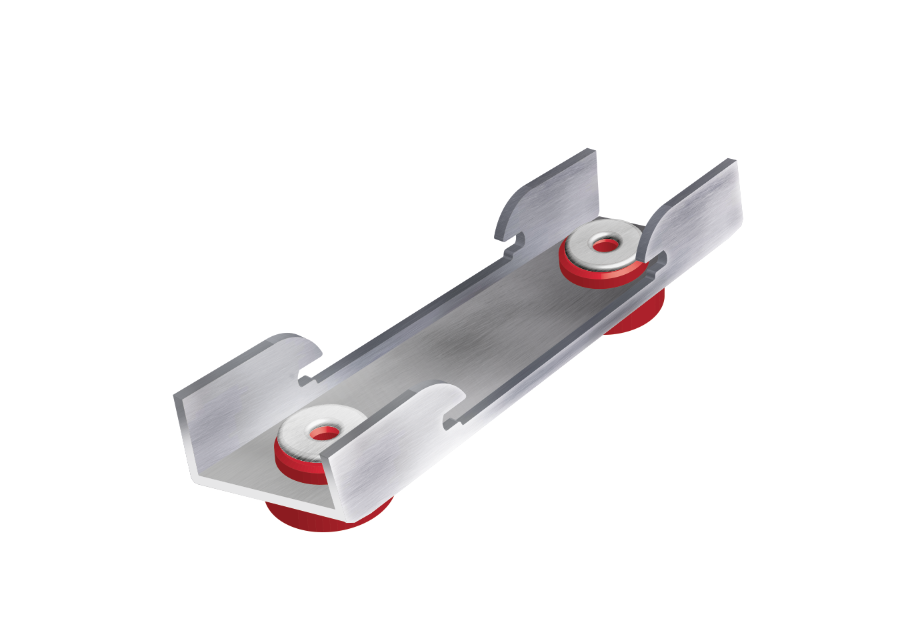
AcoustiClip Soundproof Isolation Clip

Soundproofing a Living Room Wall

Soundproofing a Bedroom Wall
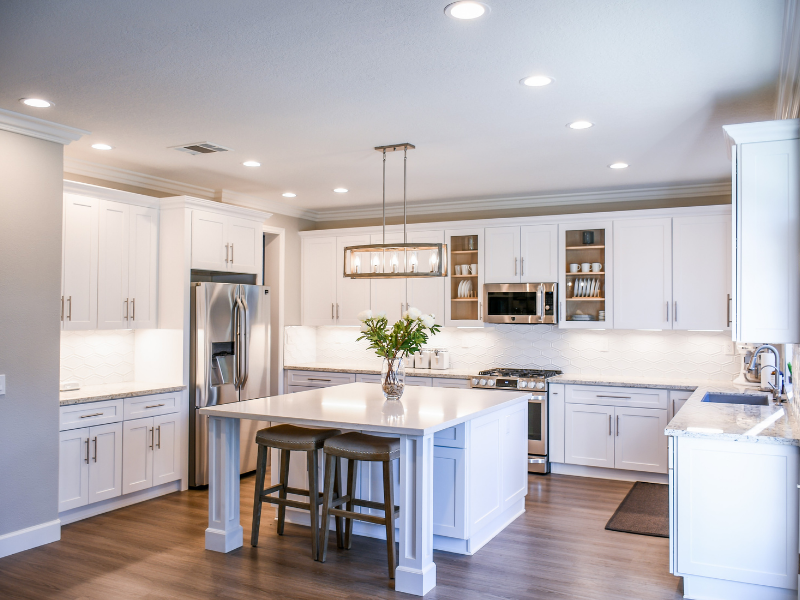
Soundproofing a Kitchen Wall

Best Soundproofing Company 2021
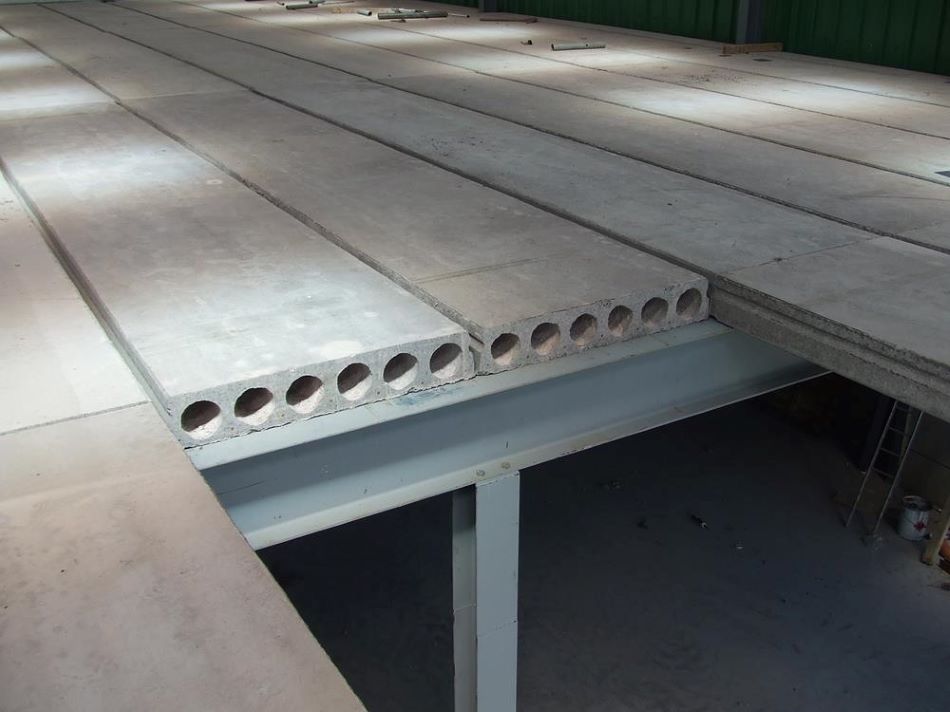
How to Soundproof Concrete Floors
